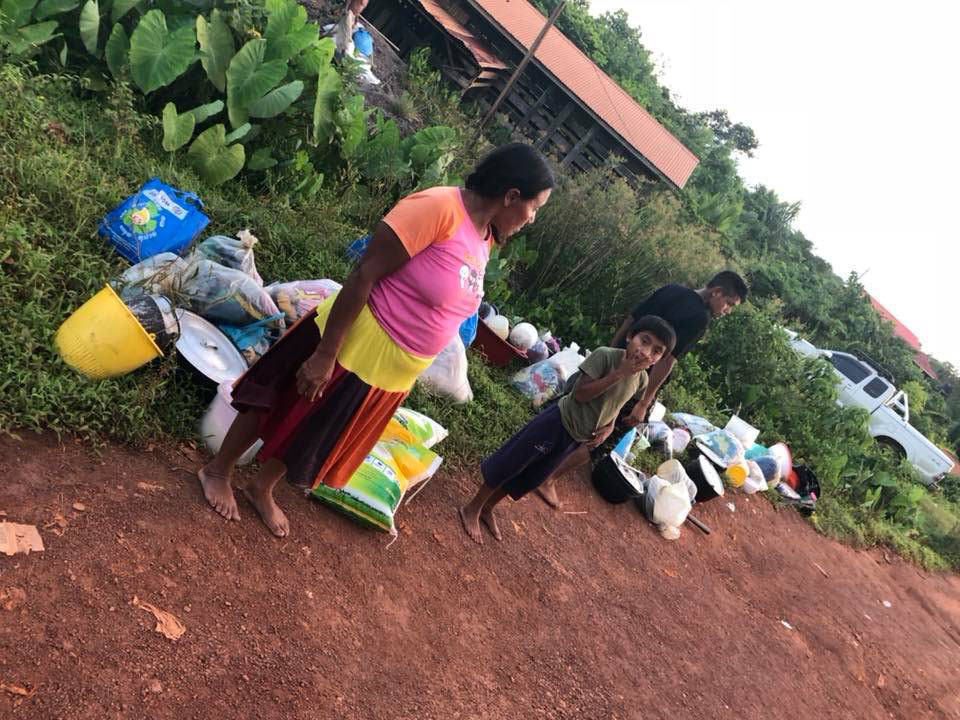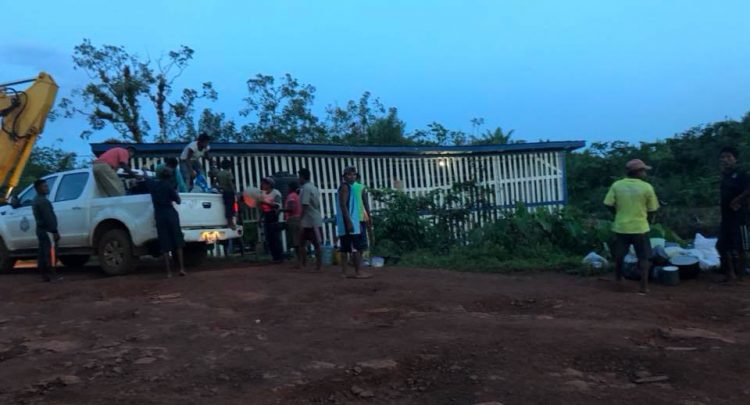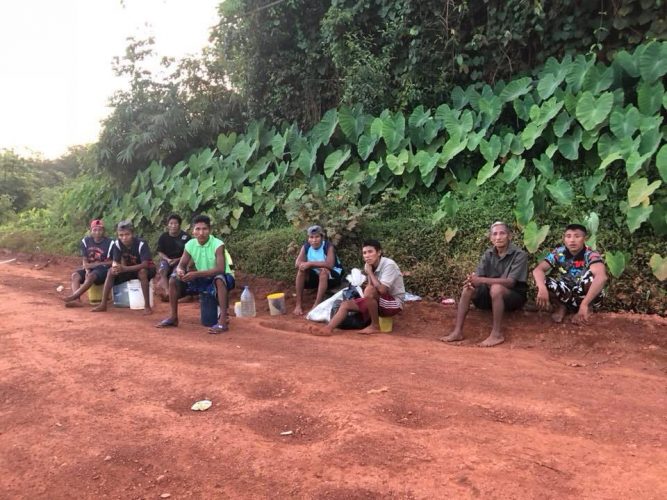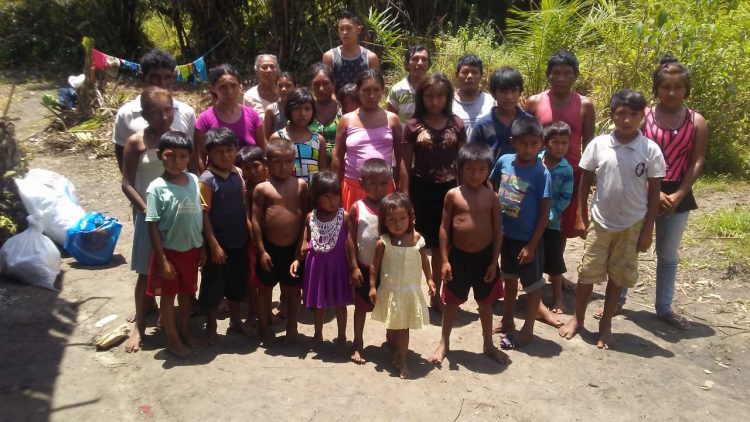With Region One continuing to grapple with the steady influx of Venezuelan nationals, Regional Chairman Brentnol Ashley yesterday warned that ensuring food, access to potable water and places to accommodate them are proving to be challenges for the administration.
Ashley yesterday told Stabroek News that 37 Venezuelans, of the Warrau nation, crossed the border on Sunday afternoon and arrived in Mabaruma, which is estimated to now have some 400 migrants.
“…When we counted, it was 37 that would have arrived yesterday and [they] are currently placed at Khan Hill again. This, however, is causing severe congestion because there is not enough room for that amount of persons,” the Chairman shared.
“We definitely have to find place to put these persons as early as during the course of this week because the place is already crowded with the last set of people who came and now to add the new numbers that would have come in yesterday there, it’s going to pose some difficulty,” he added.
He noted, too, that reports received indicated that an additional 30 persons recently arrived in Yarakita, while the number of migrants in Whitewater continues to grow.
“The number is growing at Whitewater. When we last checked, the number was 236 but I was informed by the Toshao today that the number of persons who came yesterday included pregnant women, one of [whom] reportedly gave birth there upon arrival,” Ashley added.
Asked how many persons have since arrived in Mabaruma over the past few weeks, the Chairman said he estimated the number to be at almost 500 persons, although he admitted that with steady arrivals, the number may not be accurate.
However, Stabroek News was told that not all migrants who enter Mabaruma actually stay in Guyana and that the estimate given by Ashley may be higher than that the number who are seeking refuge in the area.
It was explained that even as migrants continue to flock areas located on the outskirts of the township, there are many instances where others travel to trade fuel and other commodities before returning back to Venezuela. Stabroek News understands that even those who visit to trade are vaccinated and are recorded by health officials.
The number of migrants now residing in the area as recorded by immigration officials is an estimated at 400 persons. It was noted that if the number of persons who travel to Guyana to trade or even seek medical treatment are to be included in this estimate, only then would the number surpass 500.
Not enough
Commenting on the challenges the region faces while trying to provide assistance to the migrants, the Chairman said in addition to the continuing strain on health services, there is difficulty in providing sufficient food for those who have relocated to Guyanese soil. Additionally, he said migrants in the areas such as Khan Hill and Whitewater are faced with the challenge of not being able to readily access potable water and are now depending on rainwater they manage to collect.
“So far, the health sector continues to do the screening but, of course, it is putting a strain on our already limited health supplies, particularly drugs. We have doctors dispatched in nearly all of the communities that have the Venezuelan Warraus. We also have Venezuelans of other ethnicities here in Kumaka and we are trying to ascertain some of the things that they are experiencing and so. In some cases, such as in Khan Hill and Whitewater, where they are not close to any spring or running streams where they can get potable water from and so, we rely heavily on the rain for water and fortunately we would have had some over the last day and so. And because of the large number of persons, the food is running out very fast. The CDC [Civil Defence Commission] would have assisted with some food items and what we would have gotten from other organisations and that is not sufficient. Within a few days, maybe three to four days, we have to find ways to provide food for them,” Ashley shared.
“For the region overall, it’s a challenge to us because as you know we would not have budgeted for this within our 2018,” he added.
Nonetheless, the Chairman related that the Regional Disaster Risk Management Committee is scheduled to meet today to discuss the implementation of a plan to deal with the continuous influx of Venezuelan migrants.
The CDC and the United Nations Children’s Fund (UNICEF) last week announced plans to procure relief supplies to aid Venezuelan migrants in regions One, Seven and Nine.
The CDC and UNICEF, in a joint statement issued on Friday, had said that efforts are underway to pre-position relief supplies to enhance the capacity of the three regions in providing basic assistance to meet the initial needs of the displaced population as the influx of Venezuelans into Guyana increases.
It was also noted that relief supplies for shelter, water, sanitation and hygiene were being procured within Guyana to the value of US$30,000 (GY$6,226,562).
Additionally, the statement said, the CDC is expected to deploy the relief supplies within the coming weeks to the Regional Administrations for storage and distribution.
The relief supplies are expected to benefit an estimated sixty families per region, with the total number of persons expected to benefit estimated at 900.
The announcement by the two agencies comes less than a week after Minister of Citizenship Winston Felix disclosed that plans are in motion for the setting up of a homestead settlement area in Region One. State Minister Joseph Harmon yesterday said government was exploring the establishment of humanitarian centres for Venezuelan immigrants in the region.













